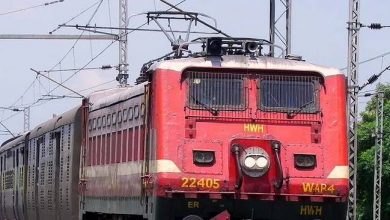Changing Rainfall Patterns in South Bengal: Implications for Agriculture and Urban Areas

A recent study conducted by the state environment department has revealed significant shifts in rainfall patterns across south Bengal over the past 60 years. The analysis, based on data collected from the India Meteorological Department and sorted by the Indian Statistical Institute, indicates a clear decline in early monsoon rainfall and a corresponding increase in rain during the latter part of the season, extending into October. While this shift has not been observed in north Bengal, it has raised concerns regarding its impact on agriculture and urban areas.
The decline in early monsoon rainfall and the delay in its onset pose challenges for agricultural activities, particularly for crops like jute and paddy. Traditional farming practices, which rely on timely monsoon rains for sowing and harvesting, are being disrupted, leading to delays in crop cycles and affecting both kharif and rabi crops. Additionally, increased rainfall in the latter part of the season has implications for flood risk and waterlogging in urban areas, as surface run-off becomes more pronounced.
Experts warn that these changing rainfall patterns could have far-reaching consequences for food security and livelihoods in the region. With climate change exacerbating existing challenges, there is an urgent need for proactive measures to mitigate the impact on agriculture and urban infrastructure. The findings of this study underscore the importance of data-driven policy interventions and adaptive strategies to address the emerging challenges posed by shifting weather patterns.






